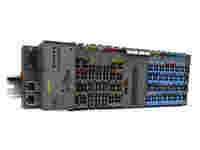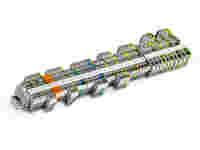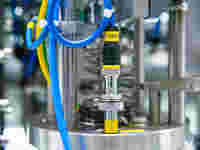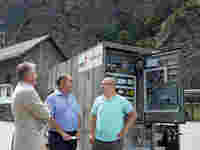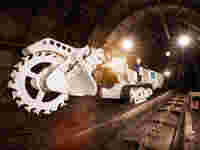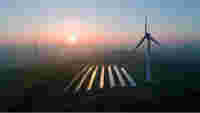ATEX – European Guideline, Recognized Worldwide
The ATEX directive applies to all products used in hazardous locations and is mandatory for all EC member states. It includes the ATEX product directive 2014/34/EU and the ATEX operating directive 1999/92/EG (ATEX 137). The ATEX Directive was formulated by the European Commission’s Directorate-General for Enterprise and Industry, the EC member states, European industry, the CEN and CENELEC and the notified bodies such as BAM, PTBand TÜV.
The product guideline is directed at manufacturers and regulates the placing of products that will be used in areas subject to explosion on the market. The goal of this guideline is to protect people who work in areas subject to explosion or who linger there. The basic health and safety requirements must be adhered to by the manufacturer and proven through the conformity assessment process with EC declaration of conformity and CE mark. For the operating guideline 1999/92/EC, by contrast, the focus is on the employees who could be endangered by the potentially-explosive atmosphere. The guideline contains important safety requirements and protective measures, which the operator or employer must implement.
